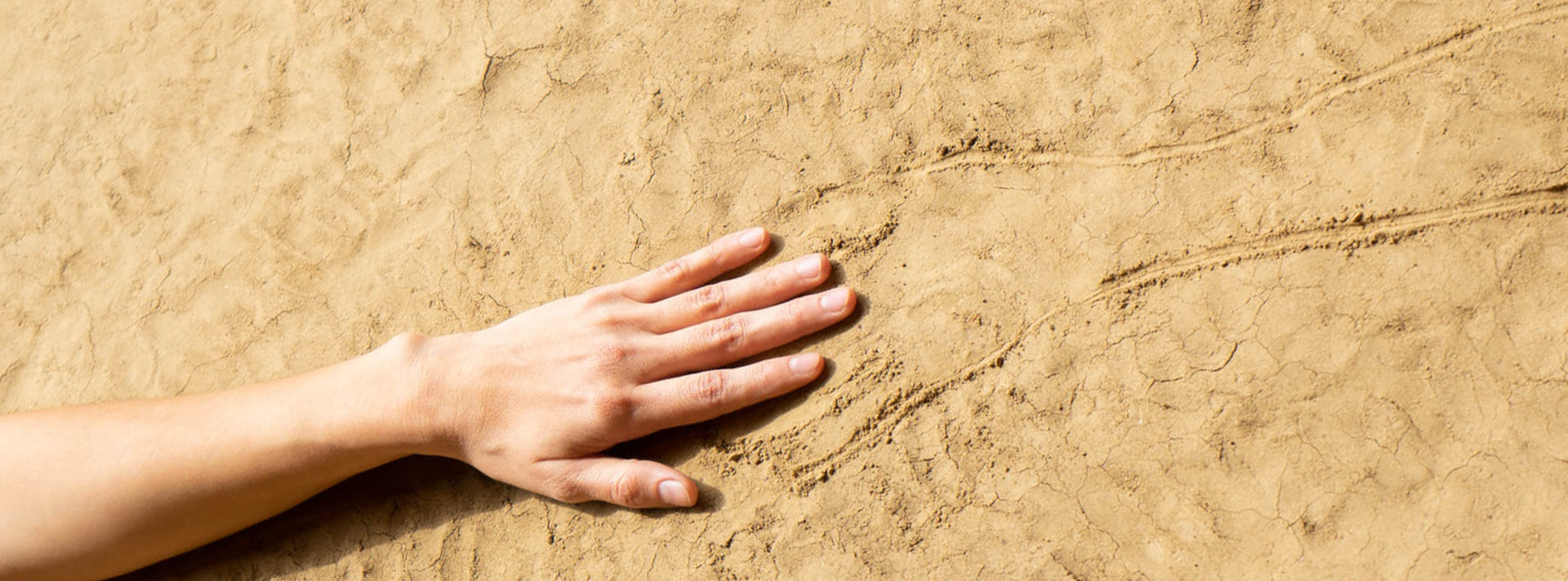
An exploration of kinship ecology on the Great Plains.
Lydia Cheshewalla is a transdisciplinary artist from Oklahoma, living and working in motion throughout the ecological landscape of the Great Plains. As an Osage woman, her work primarily focuses on community, emotional awareness, environmental justice, ephemerality, kinship, and art as healing action. She is currently working on becoming.
Below are excerpts from Lydia Cheshewalla's Artist Statement (written May 24, 2022)
Kinship
Kinship is a word used to acknowledge relationships with relatives and, typically, the words you use to identify them: momma, auntie, granny, etc. It is a way to locate oneself in a web of connections, family, community, and the world. In Indigenous cultures, kinship is extended beyond human-to-human relationships to include plant and animal kin, mineral kin, celestial kin, and every other element with which we share our existence. All beings are our relatives and so we orient ourselves in kinship with everything, including place and land.
The way that I self-locate in the world is through a series of kinship relationships, both newly forming and already established. I was raised in and around Pawhuska, Oklahoma, which is where my granny lived, as well as my uncles and cousins. I am an enrolled member of the Osage Nation which is located in Pawhuska within Osage County, our reservation. I locate myself in relationship with the Tallgrass Prairie Preserve, the largest remnant prairie in the world, which covers much of the area where I grew up and is part of a vast network of ecosystems across the Great Plains. In Oklahoma, the ancestral practice of prescribed burning remained unbroken into the present, so I also locate myself in relationship to fire, viewing it as a good relative who helps us care for the land.
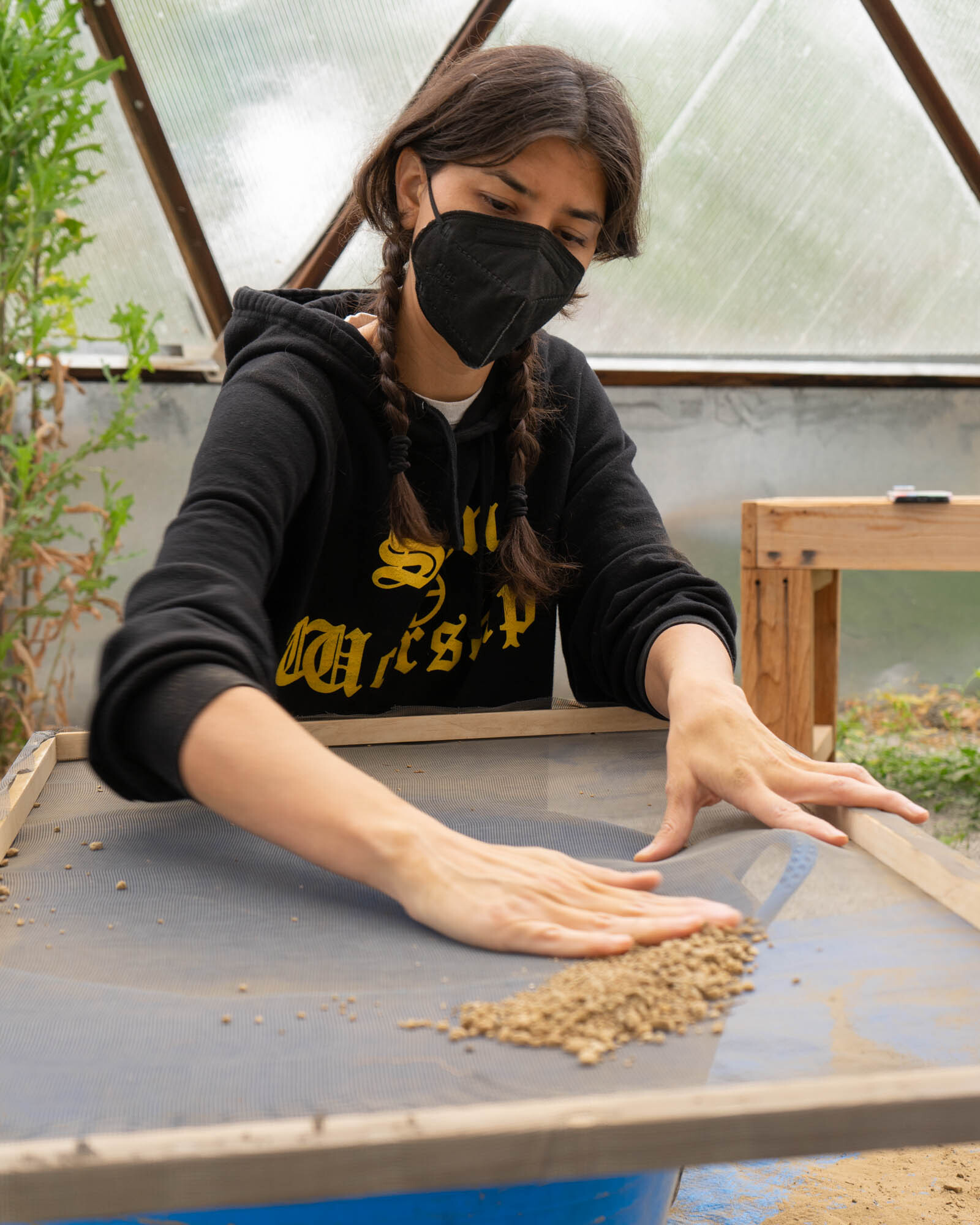
Ephemerality
When I observe the world around me, one thing that I honor as Truth is that everything is temporary. The world is in a constant state of flux, changing all the time, as are all of the beings that share this existence. The flower does not bloom in perpetuity, yet it renews itself over and over. As a human I endeavor to live within a balance. As an artist I work to create art that does not seek immortality or permanence, choosing to utilize found objects and natural materials to create work that does not contribute to art pollution.
I often ask myself why we as humans are so afraid of change when it is the only thing we can rely upon, and why we seek to live forever through our actions if those actions are not informed by a consideration for what we are sending into (or removing from) the future. I don’t want to send more plastic into the future through my artwork, but I would love to send an idea: it is ok that things don’t last, but caring for something in its true nature is more sustainable than forcing it to become static.
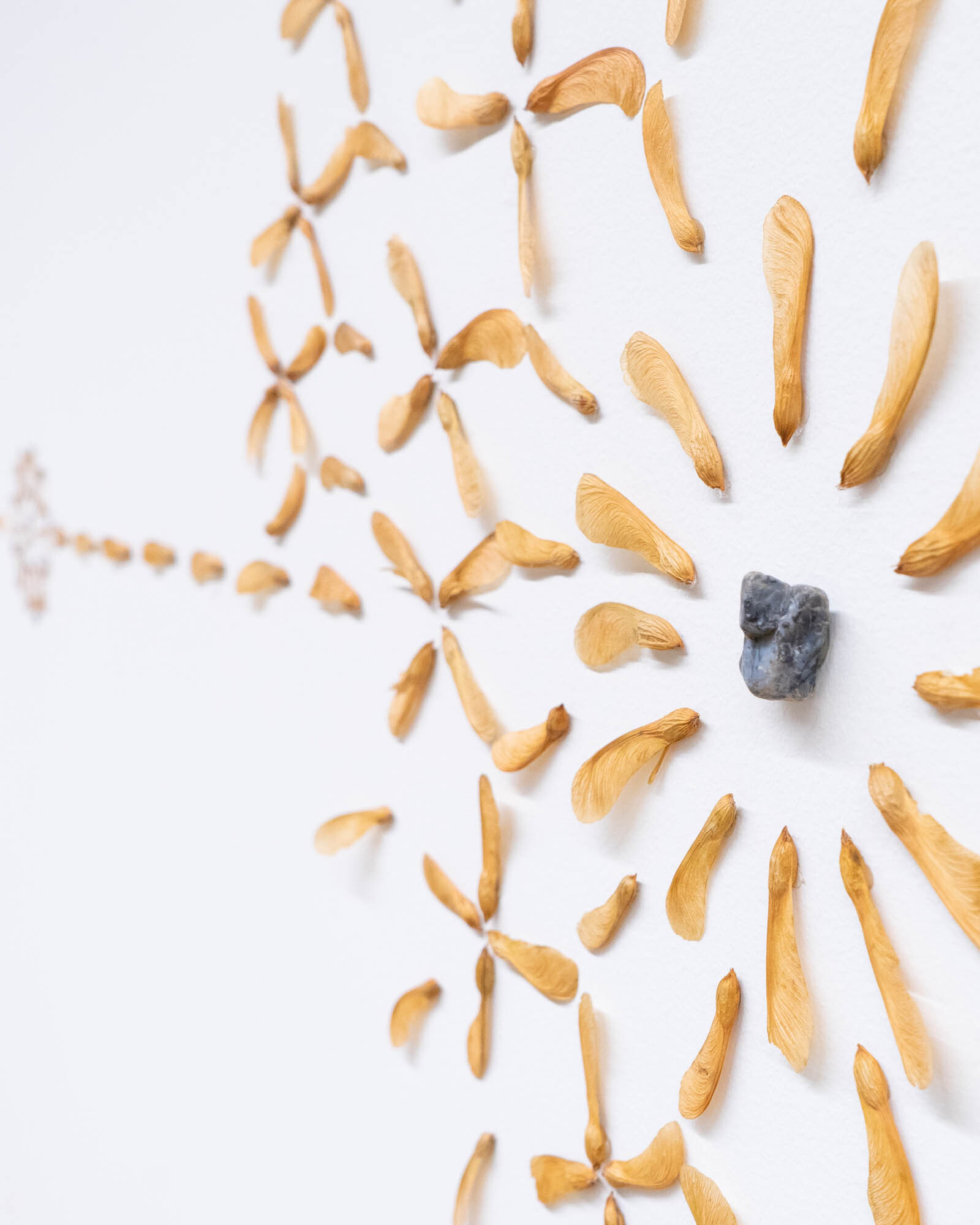
Access
As the only child of a single mother who raised me just above the poverty level on a reservation in the land of forced removal and as a tribal member of a nation who was repeatedly displaced from land they called home, access is at the forefront of my mind. The colonial project of America has done a lot of work to create separations. We’ve been separated from nature, which removed us from food sovereignty and from nutrition, and which has taken us out of kinship with other organisms we rely upon. We’ve been separated from the collective and given individual excellence, which is out of alignment with how humans actually exist, create, and grow. We’ve been separated from community and given the nuclear family, which has broken apart intergenerational care. We’ve been separated from emotion and given logic, which has made us unbalanced in our understanding of what kind of creatures we are: feeling AND thinking creatures. I think the way back home is simply to push against these separations, to question why they exist and why we continue them in our daily lives, and to recognize that scarcity is a tool manufactured by Capitalism not the reality of a planet that provides for us freely and in abundance.
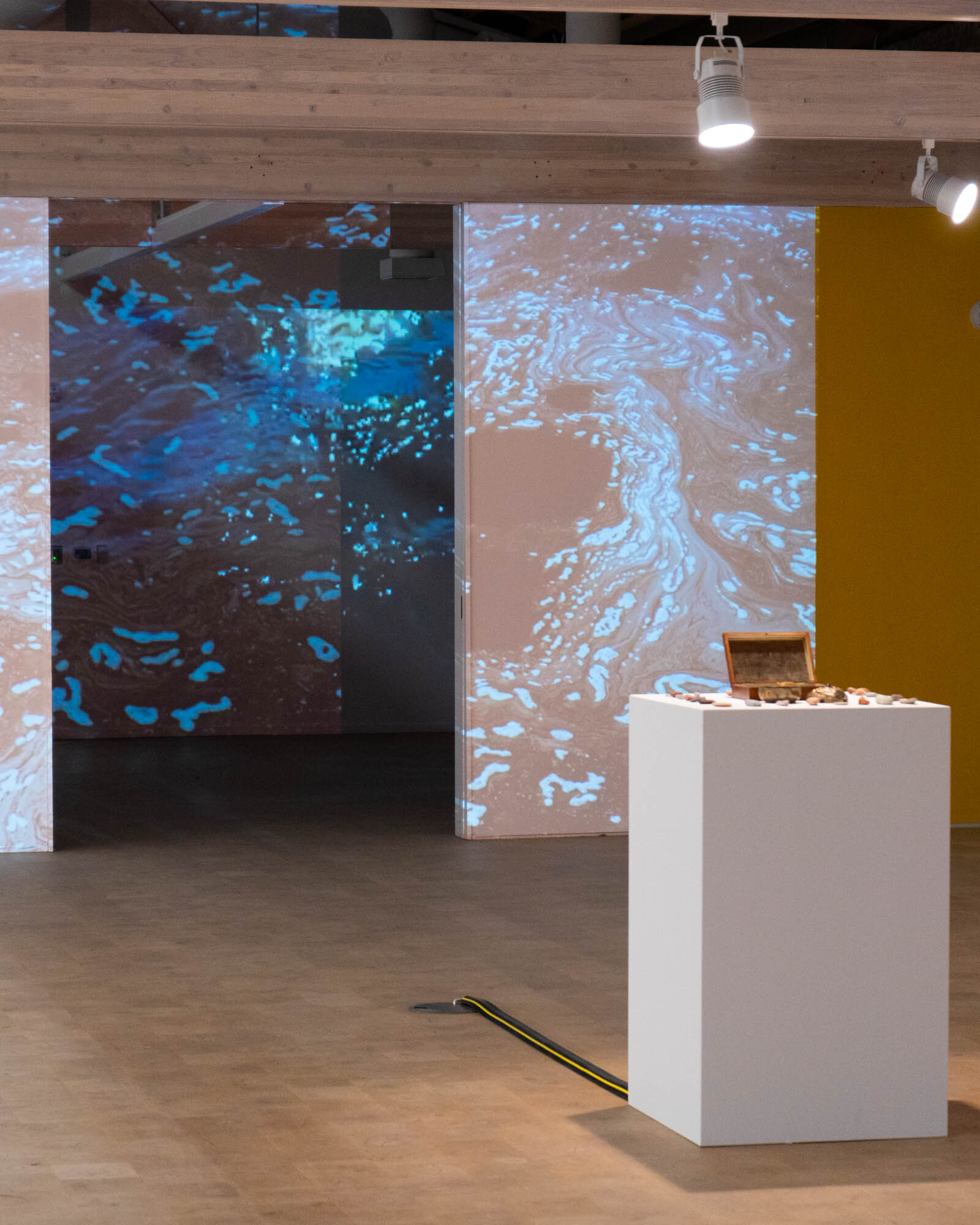
Healing
Inevitably, when we speak about land, identity, and culture we must speak about trauma. Remediation, repair, reconciliation, and renewal are all contingent upon the acknowledgement of truths - the truths of experience, the truths of consequence, the truths of imbalance, and the truths of action. I have come to believe that there is no real accountability without love as a foundation. If I endeavor to mend something, it is because love is present. There are many forms of love. Sometimes, letting go is a form of love, boundaries are a form of love. Other times, dissenting or refusing is a form of love. When we expand our consideration beyond the human and center ourselves in a kinship web that encompasses all of life, the need for an expansive love becomes evident. I see human-to-human problems as relating to human-to-nature problems, because how can we respect any body when we don’t respect the first body, the earth that supports us all? I think healing starts in everyday mindfulness: in the way we speak to ourselves and our loved ones, in allowing rest amidst grind culture, in taking slow walks in nature, in not picking a flower so that its beauty is saved for the next person or for itself. These small actions ripple outward and love for oneself becomes love for one’s family becomes love for one’s community becomes love for one’s place becomes global love for the world? I think healing starts with liberating your mind from the untruths it has been sold.
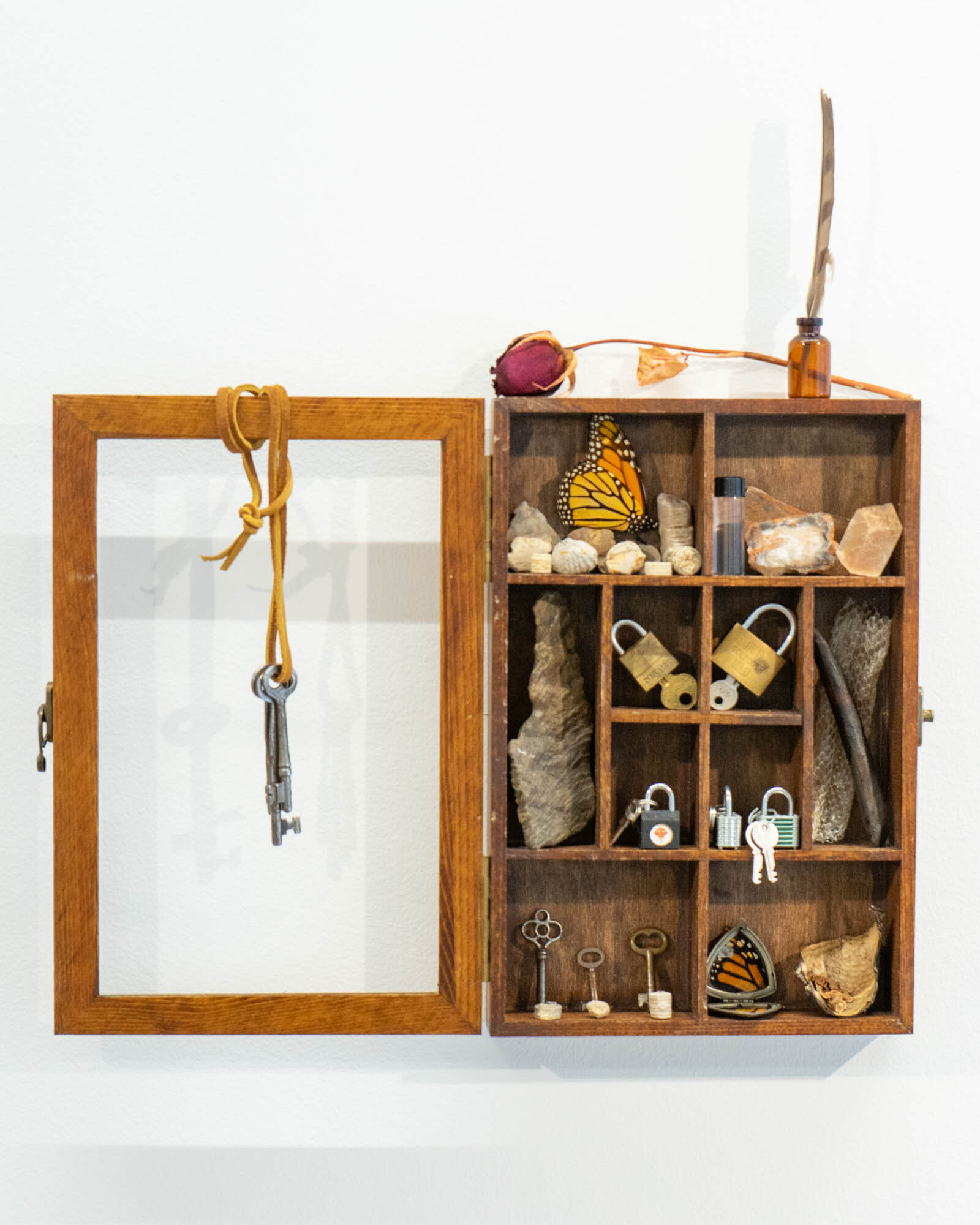
Download "Body Speaking to Body" Exhibition Activity Guide
Developed by The Union's Youth Engagement team, exhibition resource + activity guides serve to provide educators, families, and alternative learners with accessible resources and engaging content to further explore topics and themes within past and present Union exhibitions.
Download Guide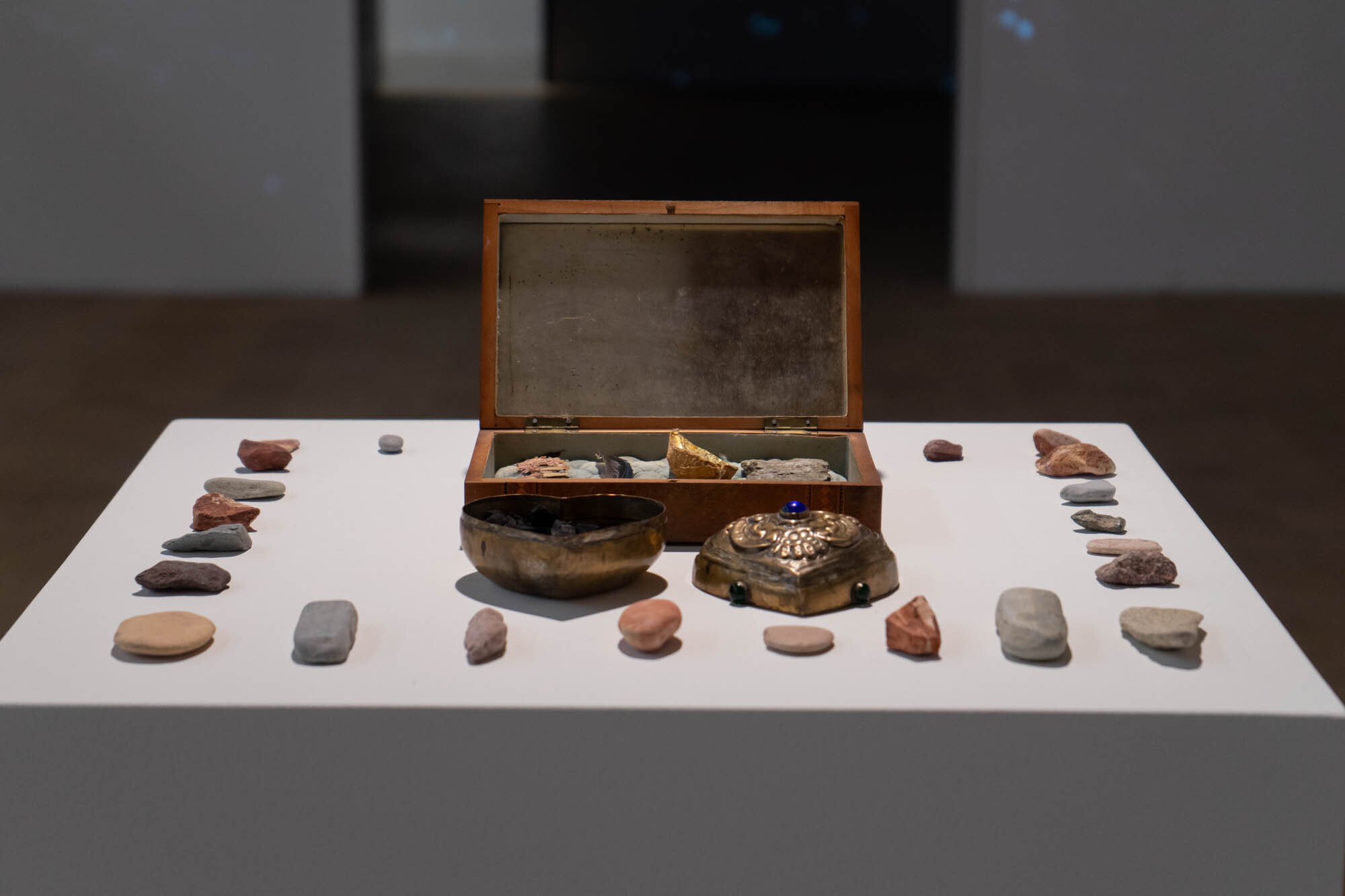
3D Tour of the Exhibit
**To zoom in use scroll wheel on a mouse, or pinch and expand on a laptop trackpad.